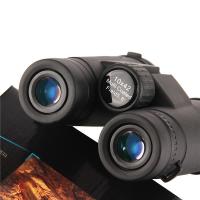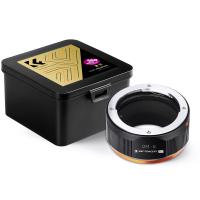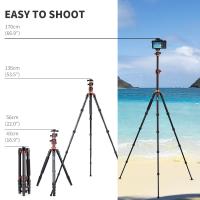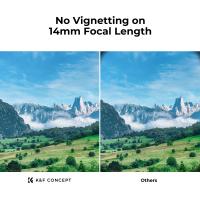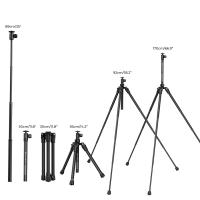Cant Use Camera When Low Battery Android ?
When the battery level of an Android device is low, certain features and functionalities may be restricted to conserve power. This includes the camera function, as it requires a significant amount of battery power to operate. Therefore, if your Android device is experiencing low battery, you may not be able to use the camera until the battery is sufficiently charged. It is recommended to connect your device to a power source and allow it to charge before attempting to use the camera again.
1、 Battery-saving mode restricts camera usage on low battery.
Battery-saving mode restricts camera usage on low battery. When your Android device is running low on battery, it automatically activates a battery-saving mode to conserve power. This mode limits certain functionalities, including the camera, to extend the battery life.
The camera app requires a significant amount of power to function properly. It utilizes various hardware components such as the image sensor, processor, and display, which consume a considerable amount of battery. When your device is in low battery mode, it prioritizes essential functions like making calls and sending messages, while temporarily disabling non-essential features like the camera.
By restricting camera usage on low battery, the device ensures that you have enough power to perform critical tasks and maintain communication. It prevents the camera app from draining the battery further, allowing you to conserve power for more important functions.
However, it's worth noting that the specific behavior of battery-saving mode can vary depending on the Android device and its operating system version. Some devices may completely disable the camera, while others may allow limited camera usage. Additionally, manufacturers and software developers continuously update their devices to optimize power management and improve user experience.
In conclusion, when your Android device is low on battery, the battery-saving mode restricts camera usage to conserve power. This feature ensures that you can still use your device for essential tasks while preserving battery life.
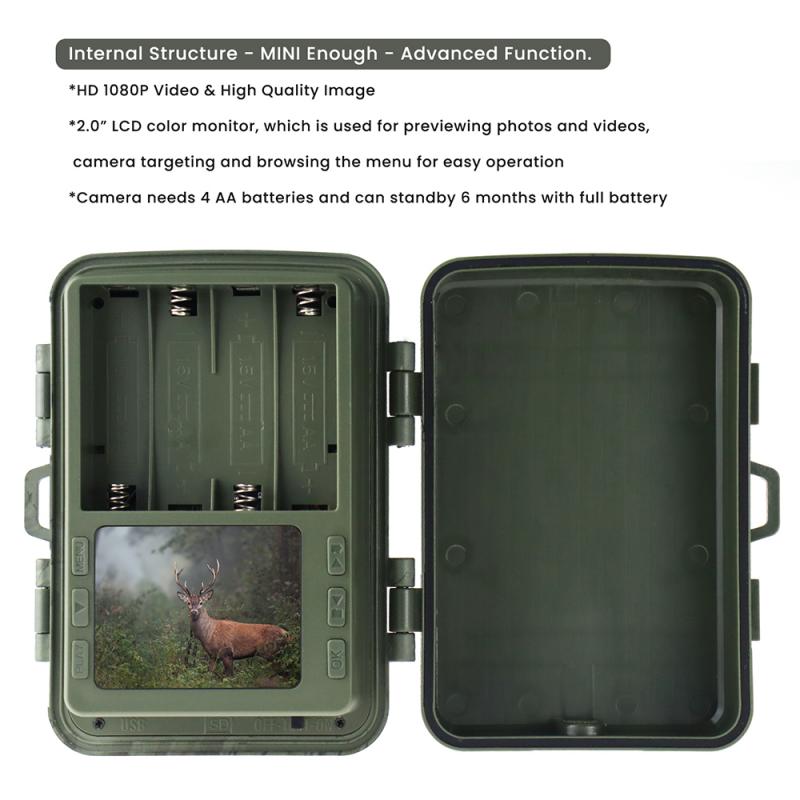
2、 Android camera disabled in low battery mode.
Android camera disabled in low battery mode. When your Android device is running low on battery, it automatically enters a low battery mode to conserve power. In this mode, certain features and functions are disabled to extend the battery life. One of the features that may be disabled is the camera.
The reason behind disabling the camera in low battery mode is to prioritize essential functions and prevent further battery drain. The camera app requires a significant amount of power to operate, especially when capturing photos or videos. By disabling the camera, the device can allocate more power to critical functions like making calls, sending messages, or accessing important apps.
Additionally, using the camera in low battery mode can cause the battery to drain even faster. The camera app utilizes various hardware components such as the image sensor, flash, and autofocus mechanism, all of which consume a considerable amount of power. Enabling the camera in low battery mode could potentially lead to a sudden shutdown or a significantly reduced battery life.
While it may be inconvenient to not have access to the camera when your device is low on battery, it is a necessary measure to ensure that your device remains functional for essential tasks. It is recommended to charge your device before using the camera extensively to avoid any unexpected shutdowns or battery issues.
In conclusion, Android camera is disabled in low battery mode to conserve power and prioritize essential functions. It is a precautionary measure to prevent further battery drain and ensure the device remains functional for critical tasks.
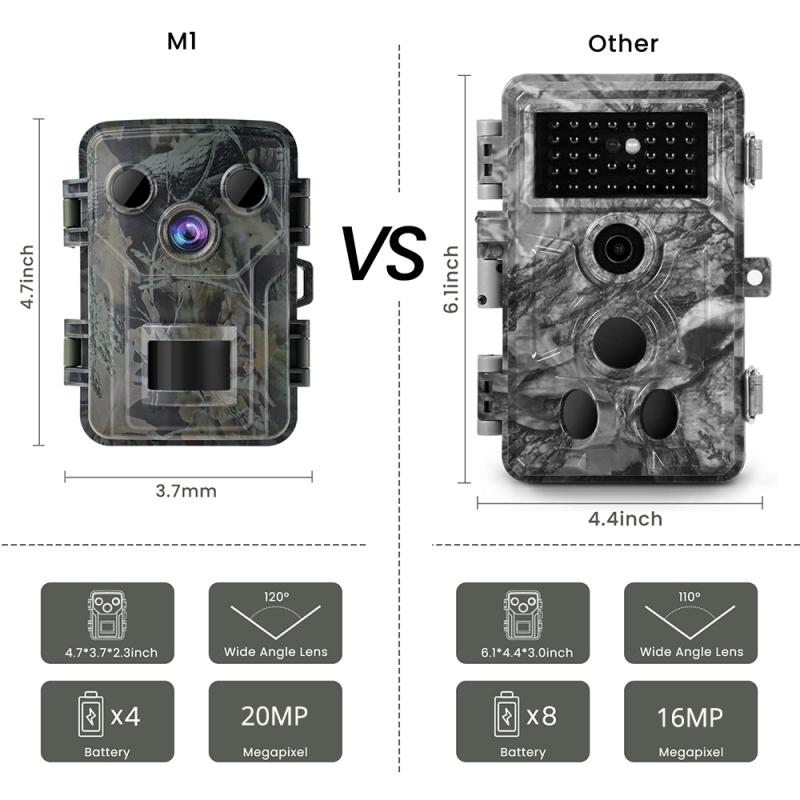
3、 Camera functionality limited during low battery on Android devices.
Camera functionality is indeed limited during low battery on Android devices. When the battery level is critically low, the device enters a power-saving mode to conserve energy and extend the battery life. In this mode, certain features and functions, including the camera, may be disabled or restricted to ensure that the device can still perform essential tasks.
The reason behind limiting camera functionality during low battery is to prioritize the device's core functions and prevent it from shutting down abruptly. The camera app requires a significant amount of power to operate, especially when capturing high-resolution photos or recording videos. By restricting the camera usage, the device can allocate the remaining battery power to more critical tasks, such as making calls or sending messages.
Additionally, using the camera when the battery is low can potentially cause the device to shut down unexpectedly, leading to data loss or other issues. To prevent such situations, Android devices limit camera functionality to ensure that users can still use their devices for essential tasks until they can recharge the battery.
It is worth noting that the specific limitations imposed on the camera during low battery may vary depending on the device's manufacturer and software version. Some devices may completely disable the camera, while others may allow limited usage, such as taking low-resolution photos or disabling certain camera features like flash or autofocus.
In conclusion, Android devices restrict camera functionality during low battery to prioritize essential tasks and prevent unexpected shutdowns. It is advisable to charge the device before using the camera extensively to ensure optimal performance and avoid any potential issues.
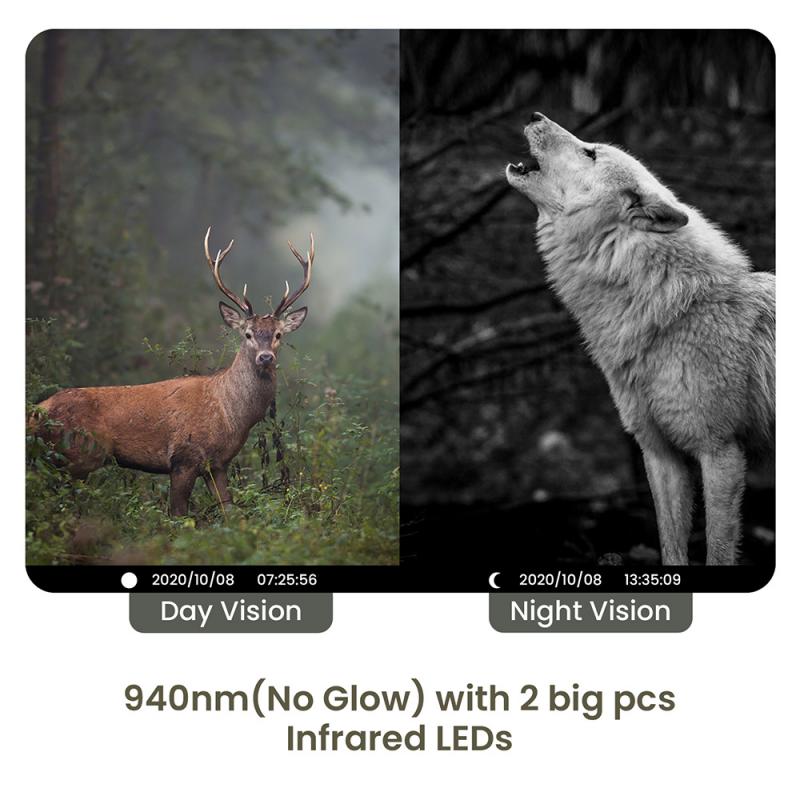
4、 Low battery on Android may disable camera usage temporarily.
Low battery on Android may disable camera usage temporarily. When your Android device is running low on battery, it enters a power-saving mode to conserve energy. In this mode, certain features and functionalities, including the camera, may be temporarily disabled to prioritize essential functions and extend battery life.
The camera app requires a significant amount of power to function properly, as it involves processing images, autofocus, and other hardware-intensive tasks. When the battery level drops below a certain threshold, the operating system may restrict access to the camera to prevent further battery drain.
This temporary restriction on camera usage is a built-in feature of Android to ensure that you can still use your device for essential tasks, such as making calls or sending messages, even when the battery is critically low. It helps to prolong the battery life and ensures that you have enough power to use your device until you can recharge it.
It is important to note that the specific battery level at which the camera gets disabled may vary depending on the device and the Android version. Some devices may allow camera usage even at low battery levels, while others may disable it at a higher threshold.
To avoid encountering this issue, it is recommended to keep your Android device charged or carry a portable charger with you. This way, you can ensure that you have enough battery power to use the camera whenever you need it.
In conclusion, low battery on Android may temporarily disable camera usage to conserve energy and extend battery life. It is a feature designed to prioritize essential functions and ensure that you can still use your device for important tasks even when the battery is running low.
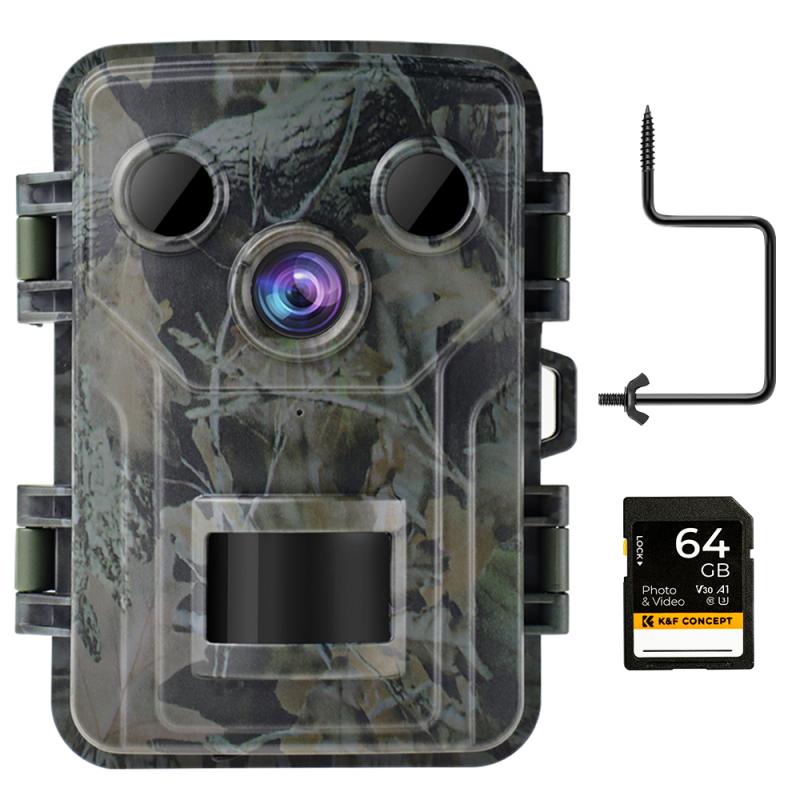






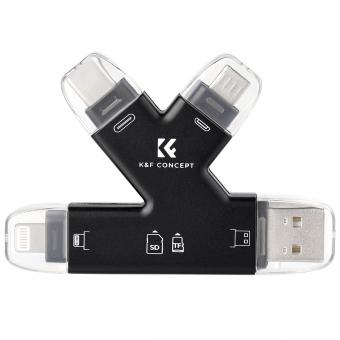

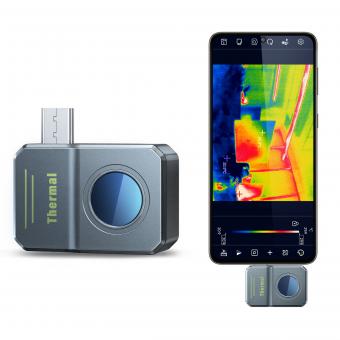















(1)-200x200.jpg)




